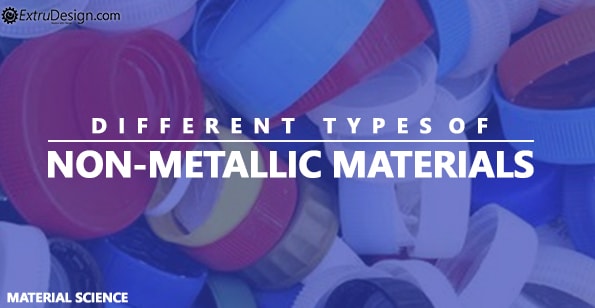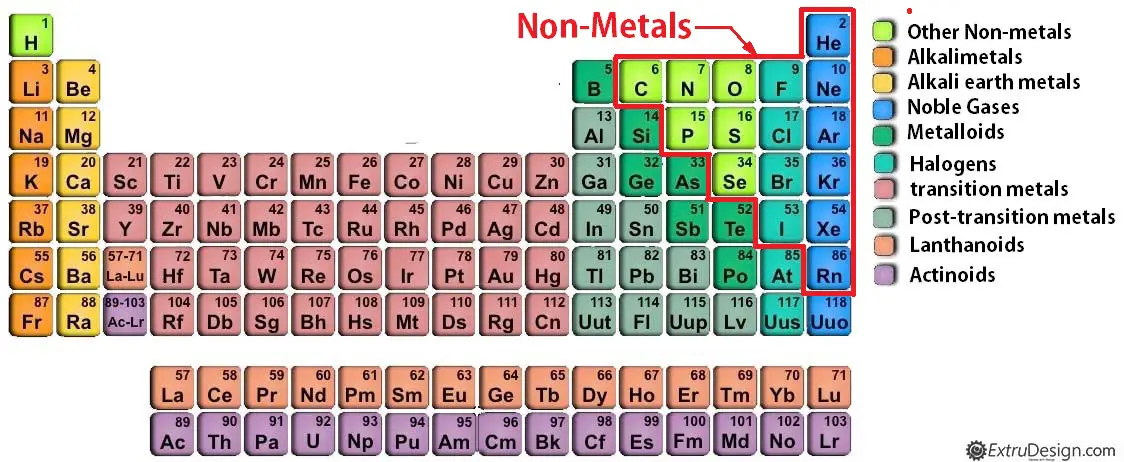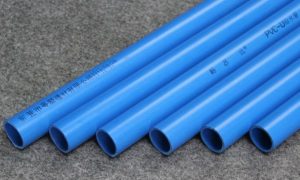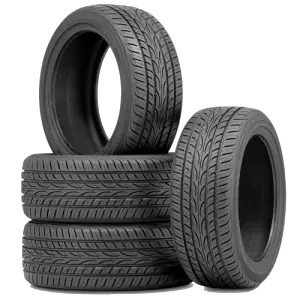In material science, materials are classified into four groups Metals, Non-metals, Ceramics, Composites. In this article, we are going to discuss Non-Metallic Materials. The Non-Metallic materials are used in engineering due to their less density and flexibility, resistance to electricity, heat and most importantly it is available at low costs.

Non-Metallic Materials
Before going into the topic it is necessary to know a bit about the periodic table. The periodic table is a tabulation of the chemical elements according to their atomic number and electron configuration. In this periodic table, All the metals are listed on the left side and the non-metals are listed on the right side of the table. Read more about periodic table here.
Let’s back to the subject.
Non-Metal is referred to the chemical elements which are volatile, insulated to heat and electricity and lack of the metallic attributes. Most of the non-metals are gasses. In the periodic table, they are represented under Polyatomic non-metal, Diatomic non-metal, Noble gases. carbon, phosphorus, sulfur, selenium, and iodine are the solid non-metals. See the Periodic table below.

Non-metals are further classified into the following groups.
- Thermoplastics
- Thermosets or Thermosetting plastics
- Elastomers
Thermoplastics

A polymer that can become moldable to a specific heat and the get solidify upon cooling are known as the thermoplastics. These thermoplastics can be remoulded or reshaped many times as we want. so they are recyclable polymers.
Examples of Thermoplastics are PVC (Polyvinyl chloride), Polythene, Polyvinyl acetate, etc.
Thermosets or Thermosetting Plastic

Thermosetting Plastics are the polymers which are capable to resist to high temperatures. Once thermosets get harden they will not be remoulded or reshaped. So these are not able to recycle. Capable of resistance to the high temperatures.
Examples of Thermosetting Plastics are bakelite(Phenol formaldehyde), Urea Formaldehyde.
Elastomers
The elastomer is a polymer that can be deformed under stress and regain its original shape when the stress is removed. Simply a synthetic polymer which is having an elastic property called as the elastomer.
Examples of Elastomers are Natural rubber, Synthetic Polyisoprene, and Polybutadiene, etc.
Conclusion
Alon with the above Non-Metallic Materials types we have leather and asbestos materials which also come under non-metallic materials. These are having a wide variety of applications like belts, and brake pedals and can be used in clutch plates.


Leave a Reply